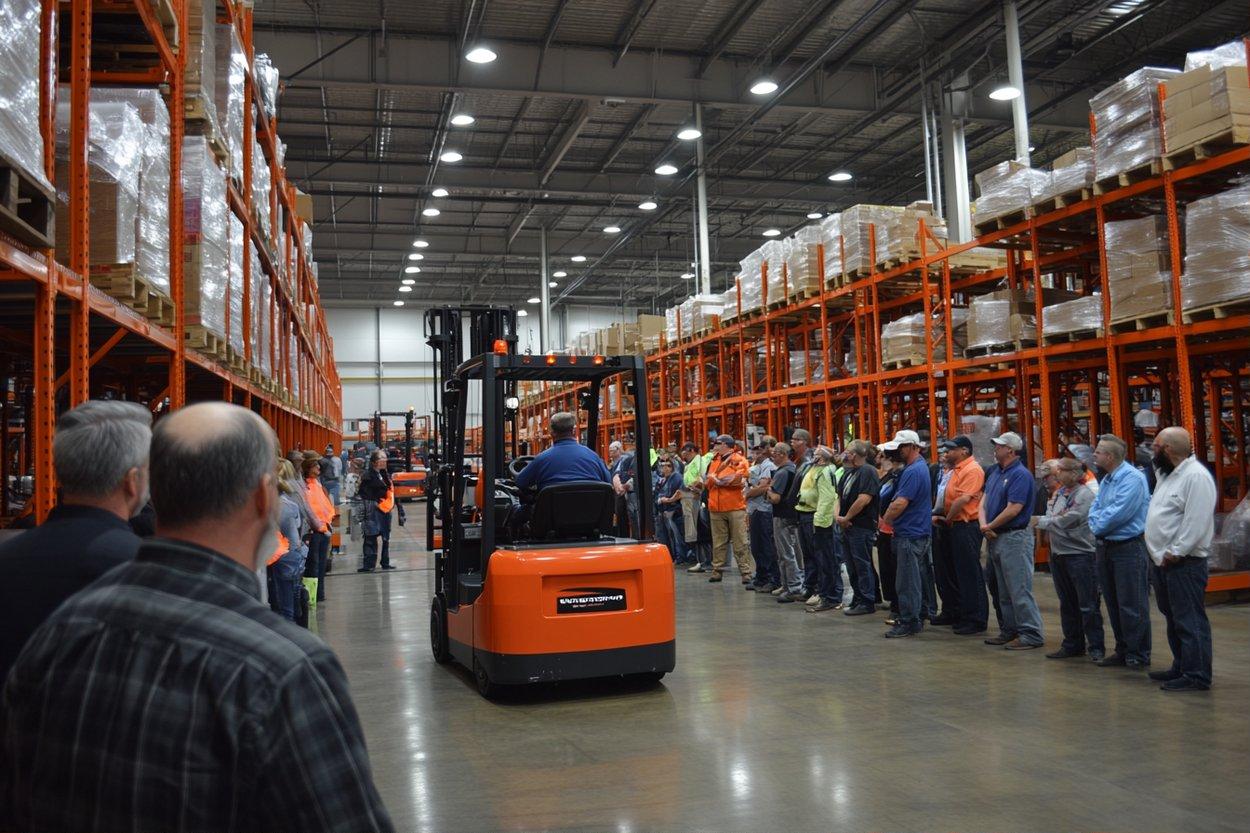Storage Work Essentials: Skills, Training, Safety, and Inventory
Storage work in a warehouse setting requires a mix of physical skill, attention to detail, and adherence to safety protocols. Whether someone is learning basic material handling or preparing to operate equipment, understanding the core responsibilities—from inventory accuracy to safe forklift operation—helps build reliable day-to-day performance in storage roles.

What does warehouse work involve?
Warehouse roles encompass receiving, storing, picking, packing, and shipping goods. Staff often handle incoming shipments, inspect items against purchase orders, and stage products for dispatch. Many tasks require clear labeling, scanning with handheld devices, and maintaining organized storage areas. Time management and basic data-entry skills support smooth operations. Work environments can vary from small local services facilities to large distribution centers; each has different workflows, but the core focus remains on accuracy and efficient movement of goods.
What training is commonly required?
Training typically combines on-the-job mentorship with formal classroom or online modules. New workers usually learn company procedures, equipment use, basic inventory systems, and safety orientations. Many employers provide short courses in manual handling, hazard recognition, and warehouse management software. For roles with additional responsibilities—quality checks, inventory reconciliation, or supervisory duties—more in-depth training in inventory control systems and team coordination is common. Continuing training keeps staff current with regulatory changes and evolving technologies in storage operations.
How does a forklift fit into duties?
Forklift operation is a specialized warehouse task that often requires formal certification or documented training. Operators move heavy loads, stack pallets, and load trucks, which improves throughput when done correctly. Safe forklift use involves pre-shift inspections, load assessments, and understanding lift capacities and aisle widths. Even in facilities that use automated equipment, certified operators are essential for exception handling and maintenance tasks. Employers usually require a combination of classroom instruction, practical hours, and competency assessments before permitting solo operation.
What safety practices reduce risks?
Safety in storage environments relies on consistent procedures and a safety-first culture. Key practices include wearing appropriate personal protective equipment, following manual handling guidelines, keeping aisles clear, and using proper lifting techniques. Regular safety briefings and visible signage about load limits and traffic routes help prevent accidents. Lockout/tagout procedures for equipment, proper stacking to avoid collapses, and clear emergency evacuation plans are also standard. Safety is a shared responsibility: supervisors must enforce rules and workers must report hazards promptly.
How is inventory managed effectively?
Effective inventory management blends accurate record-keeping with routine audits. Common approaches include cycle counting, barcode scanning, and using warehouse management systems to track stock locations and movement. Clear bin labeling, FIFO (first-in, first-out) processes for perishables, and reconciliation procedures for discrepancies help maintain stock accuracy. Good inventory practice reduces lost stock, prevents overstocks, and supports forecasting. Collaboration between storage staff and procurement or sales teams ensures inventory levels match demand patterns and business needs.
Conclusion
Working in storage environments calls for dependable routines, structured training, and rigorous safety standards. Skills such as accurate inventory handling, familiarity with warehouse systems, and certified equipment operation like forklifts are central to consistent performance. Organizations that invest in clear procedures and ongoing training help minimize risk and improve operational reliability. For individuals, developing observational skills, steady attention to detail, and a commitment to safety will strengthen contributions within storage settings while supporting the broader logistics chain.






